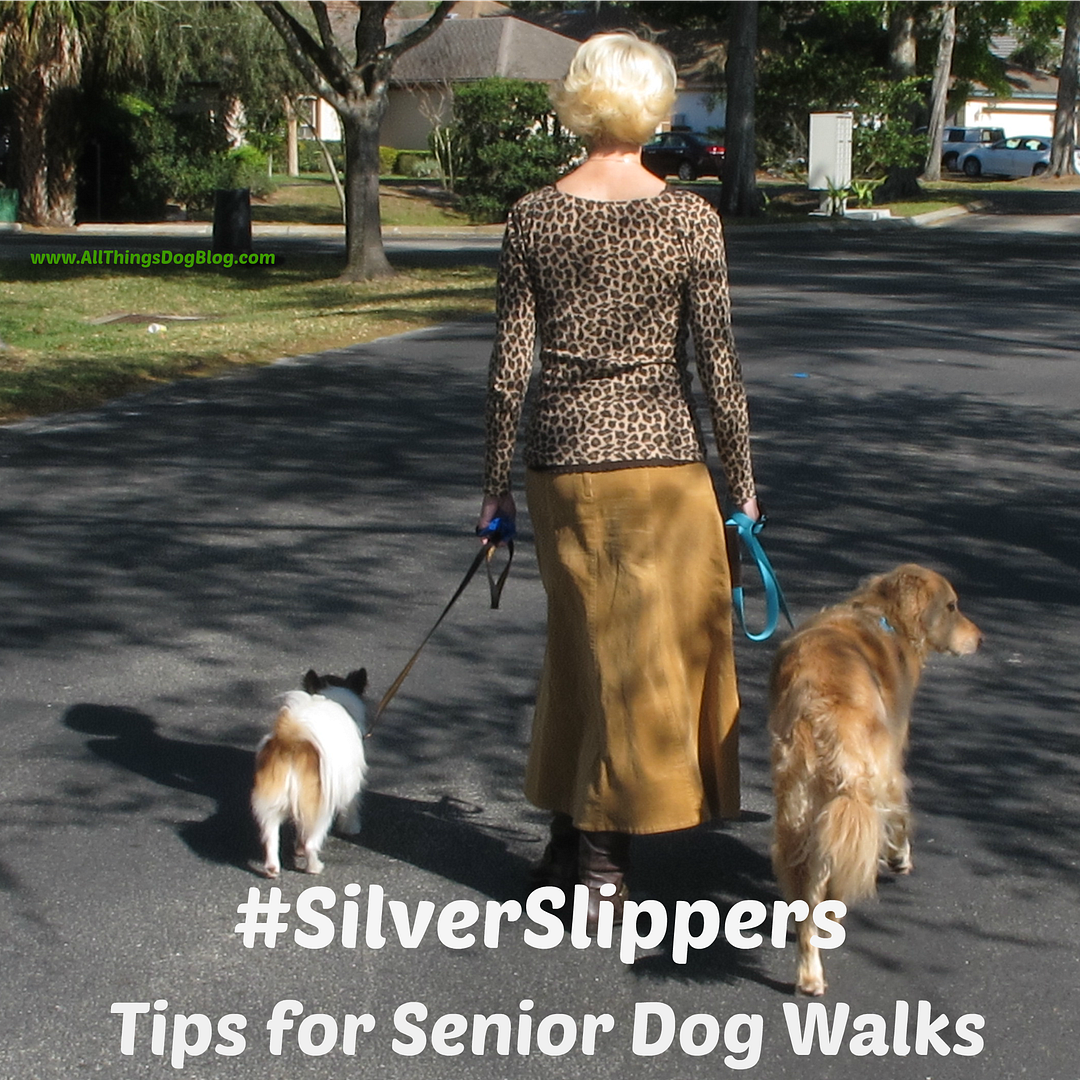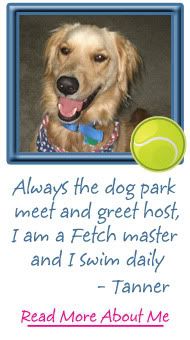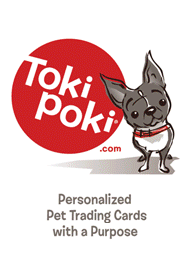 |
| © All Things Dog Blog Oliver Savors this Offer |
A few readers have written to me about their concerns over motivating or rewarding their dogs. There are a number of philosophies in this area that I cannot discount entirely. Some trainers prefer to teach without the use of food motivation. However, I subscribe to the belief that when teaching a dog an important or challenging behavior, you'll generally get the best results with a "high value" treat as a reward, if it is properly timed.
By properly timed, I refer to its being offered immediately following the desired behavior. When training your dog for less important or easier skills, you may want to drop back to offering kibble or training treats, as they could often work just as well when teaching or reinforcing simpler new behaviors.
One reader with whom I had an email string going, finally admitted that she wasn't clear on the definition of a high value treat. Today's bonding session ought to be fun. Let's discover what your dog considers to be high value. First, you'll need to collect a few of the possibilities and have them ready. Here are what many trainers consider high value treats:
- slivers of hot dogs
- small bits of cheese (sharper seems to get better results)
- dried/dehydrated liver
- cooked pieces of chicken
- and a variety of store-bought soft treats with a high aroma (watch for all those nasty artificial ingredients and shoot for something naturally flavored, colored and preserved)
Here's my disclaimer: Only the liver and chicken can be used extensively without weight gain. If you choose the others, use these sparingly, rotating with a lower fat treat. That said, we're ready for you to run a test with your dog.
 |
| © All Things Dog Blog Is This Exciting to Tanner? Not So Much! |
After collecting a tiny amount of each of your chosen treats, try the sniff test first. Place a small amount of the treat in your hand without allowing your dog to take it. After he smells it, place it deliberately out of your dog's immediate reach. Each of the treats should be placed an equal distance from him, to get the most telling results.
Continue through each of your treat options and then move away and watch him. Once given permission to "Take it", which treat does he select to eat first? Second? Third? Leave your input below. I'm curious!
Now you know which delicacy will be your best ammunition when working with your dog on a troubling new skill. Keep this front of mind!









 This post is part of the Saturday Pet Blogger Hop hosted by Life with Dogs, Two Little Cavaliers, and Confessions of the Plume. You are welcome to link up here, or visit any of their sites for their rules of participation and another opportunity to link up. Happy hopping!
This post is part of the Saturday Pet Blogger Hop hosted by Life with Dogs, Two Little Cavaliers, and Confessions of the Plume. You are welcome to link up here, or visit any of their sites for their rules of participation and another opportunity to link up. Happy hopping! 
































3 comments:
Kolchak Puggle said...
With Koly we find that rotating his rewards works best, otherwise he gets bored! He adores liver treats, but since they are so high in vitamin A I worry about using them so much. It's really easy to get an excess of Vit. A!
Anonymous said...
I bought some Hebrew National Kosher Beef franks (for their high quality), and I slice then half them, nuke them and put in a baggie. That's the highest value treats for my dogs. Next in line is freeze dried liver, then a high quality sweet potatoe-based tiny-sized biscuit.
FANCY the Red Standard Poodle said...
Hi Y'all,
Hoppin' by to say "hello" and see how y'all are doing. I leave my Human NO DOUBTS about what excites me! It's the treats she bakes me. When she uses them in training I almost take her hand off! When they come out of the oven, I wait until they cool, then if she doesn't give me a sample really, really quick, I start barking in her face!
Hope you have a wonderful weekend!
Y'all come by now,
Hawk aka BrownDog
Post a Comment